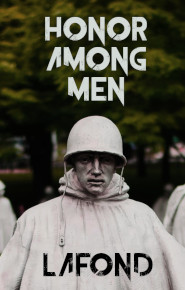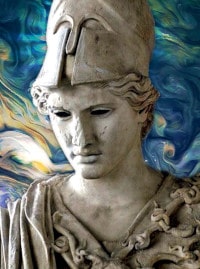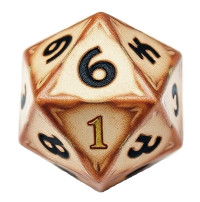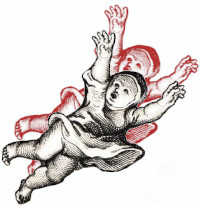“Like fine burnished turquoise you give your heart,
It comes to the sun.
You will germinate—
Wilt like a blossom once again
On earth.
You will live in the rumble of Huitzilopochtli’s drums—
Will lift the spirits of the better men.
Your friends will revere you.”
-Aztec song to the God of War, Sacrifice and the Sun[6]
“We all went ashore on the mainland opposite the Island of Sacrifices and set up huts and shelters made of sail cloth and the boughs of trees, on the wide, sandy beach. Many Indians then came down to the shore [1] with various small items for trade as they had at the River of Banners. They did this, as we learned afterward, on the instructions of Montezuma. But the Indians who came were fearful and brought very little. Therefore our Captain ordered the anchors raised and we set sail. Our next anchorage was opposite another island about a mile and a half off shore, at the location where the port of Vera Cruz now stands.
“We landed on a sandy beach, and to escape the numerous swarms of mosquitoes [2] built our huts on the tops of the highest dunes, which were very extensive in this area. From our boats we took careful soundings of the harbor and discovered that there was a good bottom, also that under the shelter of the island our ships were safe from the northerly gales.
“Once this was done the General and thirty of us soldiers went to the island, fully armed, in two boats. There we found a prayer-house with a huge and ugly idol which they called Tezcatlipoca [Smoking Mirror, god of Night], under the care of four Indians in black cloaks and hoods, very like those of our Dominicans [3] or canons. These were the priests or papas.
“That day they had sacrificed two boys, cutting open their chests and offering their blood and hearts to that accursed idol. These same priests incensed us [3] with the same fragrance they used on Tezcatlipoca [4], as, at the time of our arrival they were burning something that smelled like this incense before him. We could not let them burn the incense over us, being too upset over the sight of these two dead boys and indignant over their cruelty.
“The General asked the Indian, Francisco, whom we had brought from the River of Banners and who seemed reasonably intelligent, why they had done this; and he replied in signs—as has been said, Julian and Melchior, not speaking Mexican, we were without an interpreter—that the people of Culua had ordered the sacrifice. He was sloppy in his speech and pronounced it ‘Ulua, Ulua.’ Our Commander, who was present, and named Juan, and it being Saint John’s day in June, we called the island San Juan de Ulua. This port is now well renowned, with great sea-walls erected to protect the ships from the northerly gales. It is to this place that all material from Castile is shipped for Mexico and New Spain.”
Notes
1. People of the Age of Sail, who habitually lived along coast lines and water ways, did not imagine the world as coastal and inland areas, so much as 'down by the sea' and 'up in the interior,' Xenophon’s Anabasis, or Journey-down-to-the-sea, serving as the best example.
2. The mosquitoes were not yet carrying the viral agents for malaria and yellow fever. The lack of these pathogens upon first contact was largely responsible for the massive population of low-lying areas, such as Darien, which would become jungles after the introduction of African microorganisms in the mosquito-infested water casks of European slave ships bringing their human cargo from Africa, along with small pox.
3. Aside from the sanguinary nature of catholic and Aztec sacrifice-based theology, the very vestments of the clergy seem to have begged for cross-cultural contact, and have leant Mexican Catholicism its unique texture. In some way, these similarities must have aided the Mexican conquest and subsequent hegemony.
5. It is notable that the Spanish did not go in for slaughtering the heathen priests, which one may well have expected based on the fate of heretics back in Old Spain. Despite the disgust at Aztec religion, the Spanish show much more respect for native rites than did the protestant invaders a century later on the North American Coast, who the Spanish of the late 1500s slaughtered every chance they got, with an entire colony of French HUGUENOTS on the Florida coast, butchered, well before Bernal wrote his account. Little did they know that these priests were sacrificing to the night god so that the warriors preparing to attack the Spanish might have success and bring a Spaniard to their sacred killing stone.
6.











